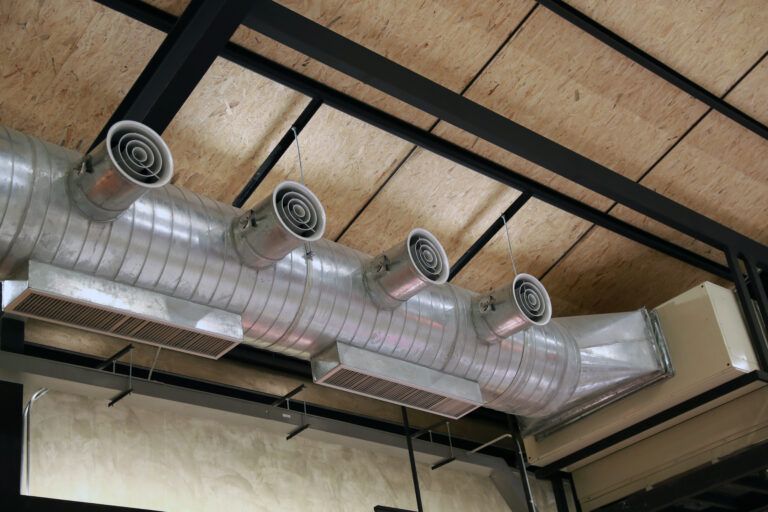To enhance the safety of players, staff, and fans at indoor sports venues, operators can look to solutions that upgrade HVAC to provide surgically clean air.
On March 11, 2020, the National Basketball Association (NBA) shut down and indefinitely postponed games after a player for the Utah Jazz tested positive for the COVID-19 virus. The National Hockey Leagues (NHL), Major League Soccer (MLS), and Major League Baseball (MLB) quickly moved to delay games. At the same time, the National Collegiate Athletic Association (NCAA) canceled the March Madness basketball tournament. In a matter of days, large parts of North America saw restrictions and lockdowns put in place that limited gatherings and shuttered business to blunt the spread of this deadly disease.
As we know, all these sports eventually returned to play. The NBA and NHL completed their 2020-21 seasons in a bubble environment with no fans in attendance. For the teams, this was a financial burden. After all, ticket sales generate about 19% of revenue for the NBA and 35% for the NHL. It also doesn’t consider the lost money from concessions and souvenir sales. It was vital for owners and the league to get fans back into the arena as soon as possible. But, as we have learned, COVID is most commonly transmitted by airborne particles. This makes having large, screaming crowds challenging, especially indoors like an arena, even when people are masked or vaccinated. The Omicron variant proved we are not out of the pandemic just yet.
But thankfully, we have learned some lessons that can reduce the risk of transmission to staff, players, and fans who want to enjoy live sports safely.
We know that wearing masks and being fully vaccinated is probably the best protection from the virus. But many jurisdictions have relaxed mask mandates and physical distancing rules, as long as people are inoculated against COVID. Arena management will need to look at alternative ways to raise the safety level for staff, players, and spectators.
The CDC has outlined several ways to improve safety for indoor spaces, which include keeping windows and doors open. That is not practical for an arena. The other tactic is to increase airflow by upgrading the HVAC system. Having the system push and circulate clean air can dilute the aerosol COVID particles and reduce the chances of exposure. Air purifiers can enhance HVAC systems by cleaning the air of contaminants. These systems need to be equipped with HEPA filters, which can trap microscopic particles, and Ultraviolet Germicidal Irradiation (UVGI), which can deactivate many viruses, rendering them harmless. Not only will this make attending a live event safer, but it can improve the experience because the cleaner can also remove pollutants, odors, dust, and pollen.
If an HVAC system cannot accommodate a purifier, arena management can put standalone units in the athletes’ locker, weight, or training rooms. They can be placed in the stands, near the concession areas, in bathrooms, or anywhere large groups of people congregate.
As the recent Omicron outbreak has shown, while most of us are done with the virus, it isn’t necessarily done with us. Best practices are still being written in living and dealing with this disease. But, the more we know, the safer we can be. Since the virus is predominantly spread through the air, moving and scrubbing it clean is the best way to protect people in an enclosed space. The investment in these systems will definitely outweigh the missed revenue from playing games in an empty arena for stadium operators.






